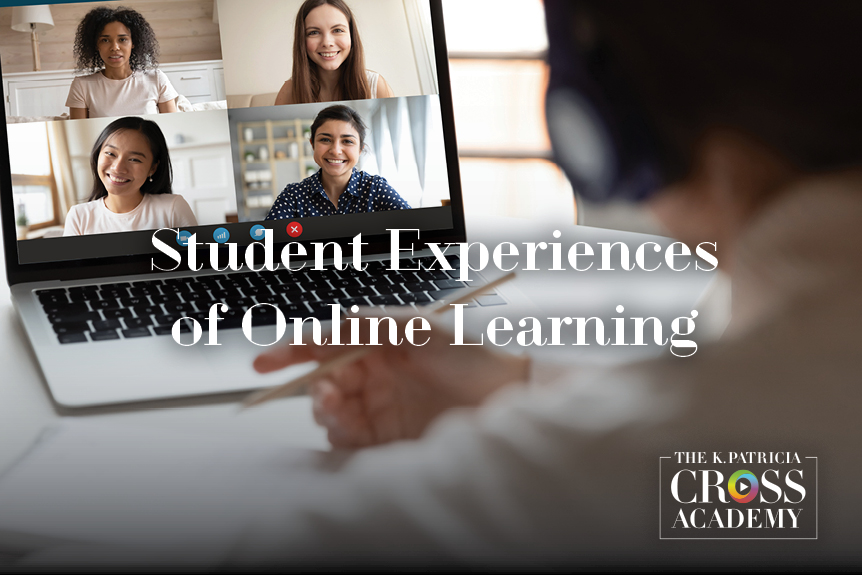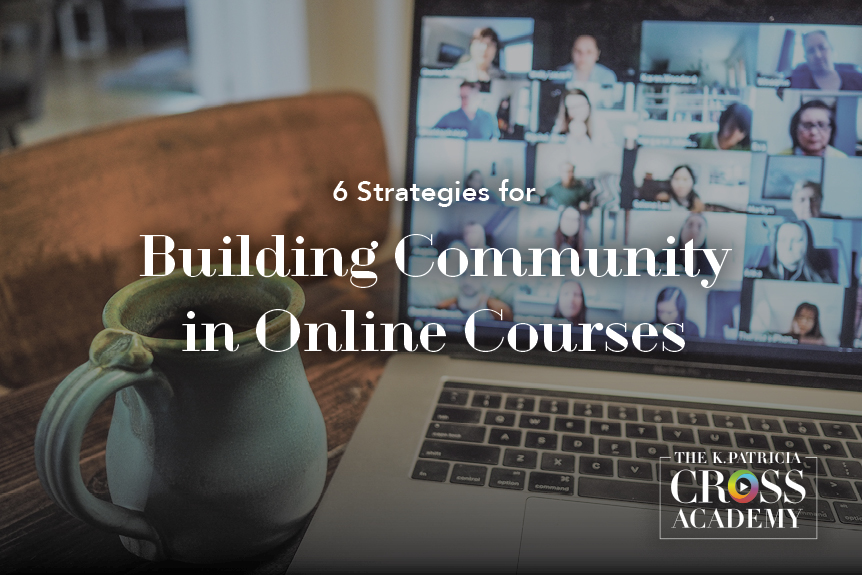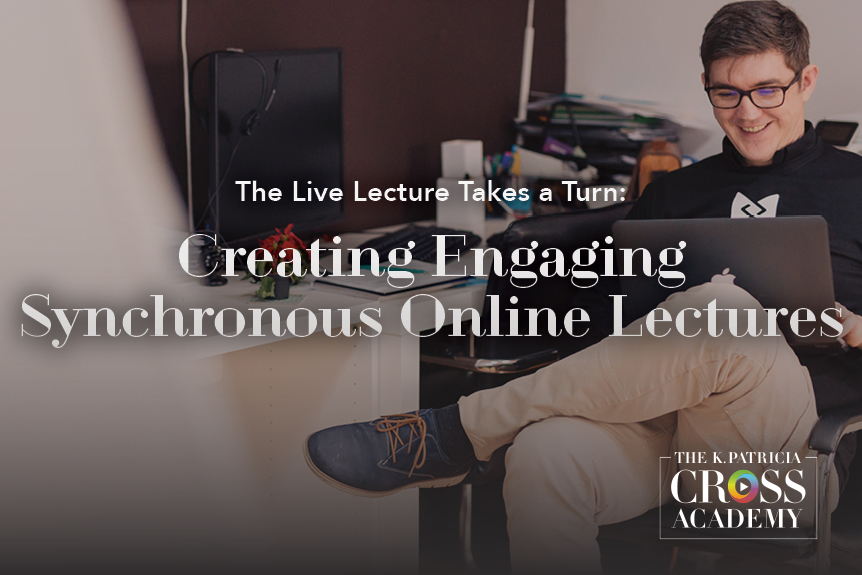CrossCurrents Library
Featured Collections
Topics

When we teach online, we have to be more intentional about sharing information about ourselves and about which information we will share. We decide, for example, whether to display a picture of ourselves or an avatar and if so, which. We have to make decisions about what personal information to put out there for students. We have to choose whether or not we want them to see and hear us. How can we make deliberate choices when creating our personas?

Higher education institutions have been scrambling to meet the demand for remote and online courses. This has been due in part to general growth trends in online enrollment, but it has also been accelerated out of response to the Covid-19 pandemic. Because of this, we have focused on helping faculty teach more effectively online. In this blog, we turn our

Sometimes, a group of students in a given class just seems to gel. They connect, work well together, and encourage and support each other. Sometimes a group of students does not gel. They barely interact, they don’t work together, and while they may not actively discourage each other, encouragement is not exactly forthcoming either. It can be difficult to determine what causes

Many of us have had to sit through boring, less than engaging lectures in a classroom. The speaker seems bolted to the floor, drones on and on in a monotone voice, and shares visuals that consist of nothing but slide after slide of bullet-point text. We know a bad lecture when we experience it. But we also know a good

“Students don’t care how much you know until they know how much you care.” ~Anonymous Most of us chose careers in academia because we care deeply about our disciplines or fields. It can be discouraging, therefore, to face students whose indifference to our courses is palpable. Yet caring is an essential element of their learning. As Fink suggests, “When students care

“Design is the intermediary between information and understanding.” ~ Hans Hoffman When we design a course, we typically do so before actually meeting the students who will enroll in it. We have to determine how to best teach the particular content and skills to the students we will meet. Even if we design the best content and pedagogies possible, if

“Learning is not attained by chance, it must be sought for with ardor and attended to with diligence.” ~ Abigal Adams One of the most often cited works on learning, and one we refer to often, is John Bransford, Ann Brown, and Rodney Cocking’s 2000 work appropriately titled How People Learn: Brain, Mind, Experience, and School. The report, which was